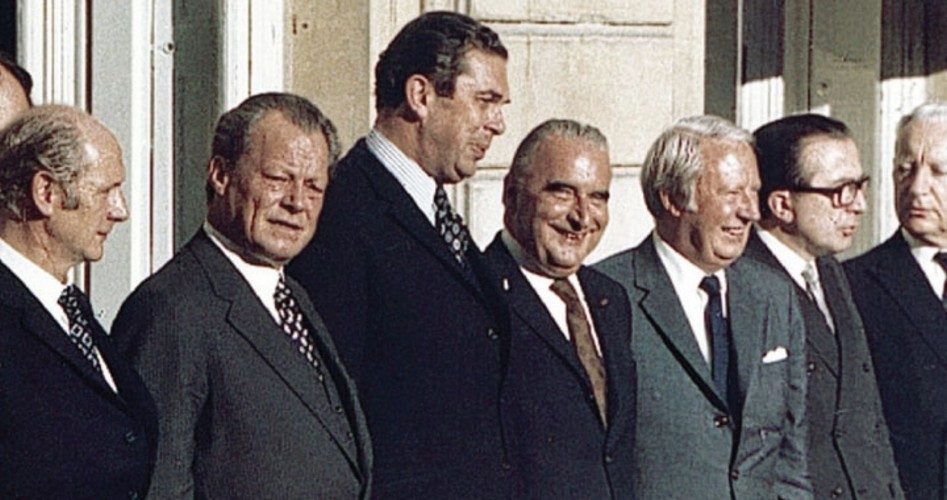
“NAFTA will signal the formation, however tentatively, of a new political unit — North America. With economic integration will come political integration.”
So wrote NAFTA supporter Andrew Reding in 1993, as the North American Free Trade Agreement was being hotly debated. “By whatever name, this is an incipient form of international government,” he noted. Reding continued: “Following the lead of the Europeans, North Americans should begin considering formation of a continental parliament.” President Bill Clinton and other NAFTA proponents repeatedly assured the American people that NAFTA was merely a “free trade agreement” that would create more jobs and prosperity, but most knew better. Reding, a senior fellow and director of the World Policy Institute, was one of many who admitted the truth. Indeed, a veritable throng of world government advocates from the usual “world order” influence centers — the Council on Foreign Relations, Trilateral Commission, Bilderberg Group, and World Economic Forum — echoed his assessment.
In a 1993 pro-NAFTA op-ed for the Los Angeles Times, former Secretary of State Henry Kissinger opined that passage of NAFTA “will represent the most creative step toward a new world order taken by any group of countries since the end of the Cold War.” Kissinger said that NAFTA “is not a conventional trade agreement but the architecture of a new international system.”
Another internationalist in the know, University of Nevada economics professor Glen Atkinson, said in his article for The Social Science Journal entitled “Regional Integration in the Emerging Global Economy: The Case of NAFTA”: “The stage of economic union requires a high degree of coordination or even unification of policies. This sets the foundation for political union.” (Emphasis added.)
The architects of NAFTA acknowledged that they were (and are) drawing on the experience of their confreres in the European Union, and applying their deceptive tactics to transform NAFTA into a full-blown supranational, regional government. They are attempting to follow the same gradualist “process” employed by the EU architects, in which governmental powers (taxing, regulating, policing, legislating, adjudicating) were incrementally conferred upon regional institutions, while, simultaneously, those sovereign powers were being stripped away from the nation states.
Commentator Sir Peregrine Worsthorne was expressing the outrage of many fellow Brits when he wrote in London’s Sunday Telegraph on August 4, 1991, “Twenty years ago, when the process began, there was no question of losing sovereignty. That was a lie, or at any rate, a dishonest obfuscation.”
It was a bald-faced lie, and British Prime Minister Edward Heath (shown, second from right) knew it when he told the British people in 1973, via a BBC broadcast: “There are some in this country who fear that in going into Europe we shall in some way sacrifice independence and sovereignty. These fears, I need hardly say, are completely unjustified.” Heath then used Britain’s 30-year rule to seal away for three decades all of the reports, diplomatic communiques, letters, and notes that showed this promise to be a massive lie.
In the January/February 2004 issue of the CFR’s journal Foreign Affairs, a leading NAFTA architect, the late Robert A. Pastor, called for merging U.S. immigration and security policy with Canada and Mexico; in essence, copying the EU and erasing our borders. “The European experience with integration has much to teach North American policymakers,” Pastor claimed. And, he insisted, we must discard our “outmoded conception of sovereignty.”
What began in 1951 as the European Coal and Steel Community has morphed many times, evolving into what we now know as the European Union. Each transformation along the way was accomplished through deception, and each has resulted in huge losses of national sovereignty and immense grabs of supranational power. The globalists hope to duplicate that process in NAFTA.
Photo of European leaders at 1972 Common Market Summit: AP Images

